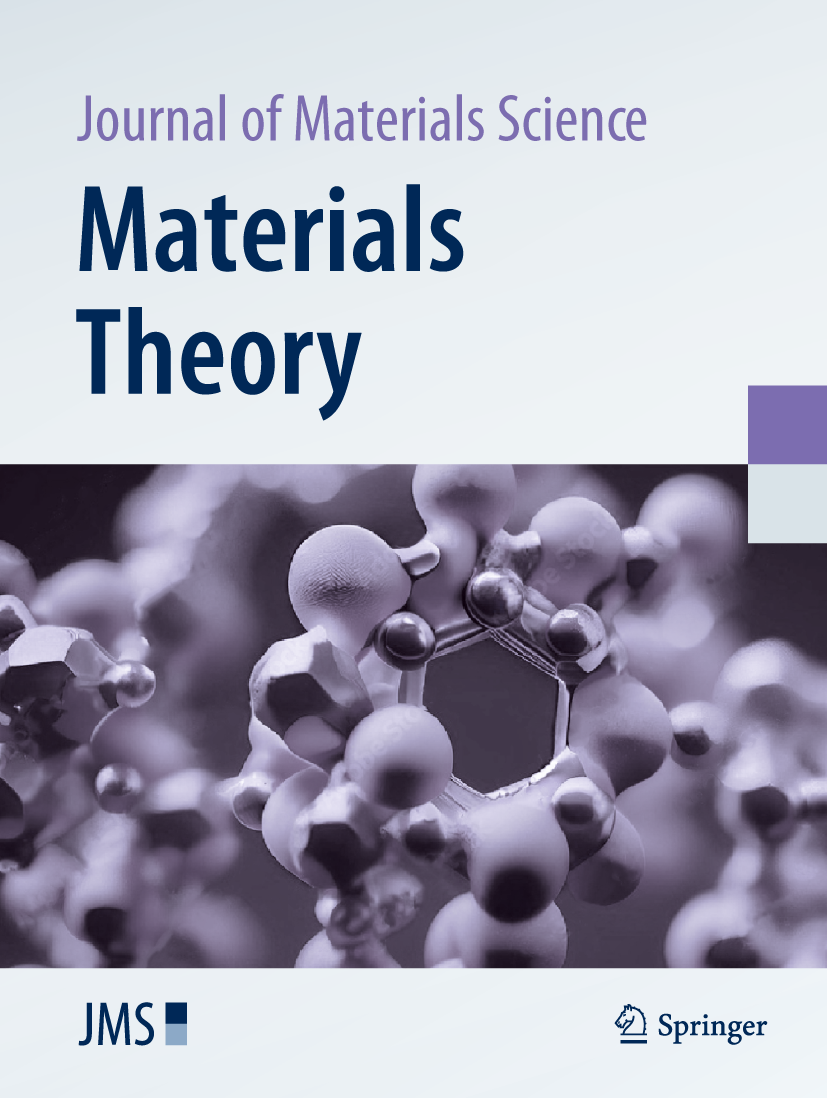Phase field simulations of FCC to BCC phase transformation in (Al)CrFeNi medium entropy alloys
Abstract
Microstructure simulations for quaternary alloys are still a challenge, although it is of high importance for alloy development. This work presents a Phase field (PF) approach capable of resolving phase transformation in a multicomponent system with a simple and effective way to include the thermodynamic and kinetic information for such a complex system. The microstructure evolution during diffusional transformation between FCC and BCC phase at 700 °C for AlCrFeNi alloys was simulated, accounting for composition dependence and off-diagonal terms in the diffusion tensor. The reliability of the presented PF method is validated by comparing the 1-D simulation results with simulations by Diffusion Module (DICTRA) of Thermo-Calc Software. Additionally, 2-D PF simulations of precipitate growth and Ostwald ripening are performed for different alloy systems, and the coarsening behavior is compared. Results showed that thermodynamic and kinetic information is accurately described in the applied PF method. The simulation results show that the diffusion behavior is influenced evidently by variations in the amounts of the different elements in the system. These findings demonstrate the necessity of applying accurate thermodynamic and kinetic models to fully understand the complex interdiffusion behavior in high and medium entropy alloys.

 求助内容:
求助内容: 应助结果提醒方式:
应助结果提醒方式:


